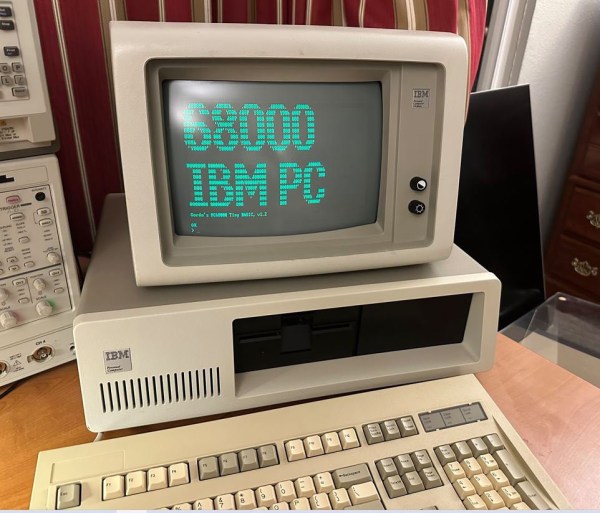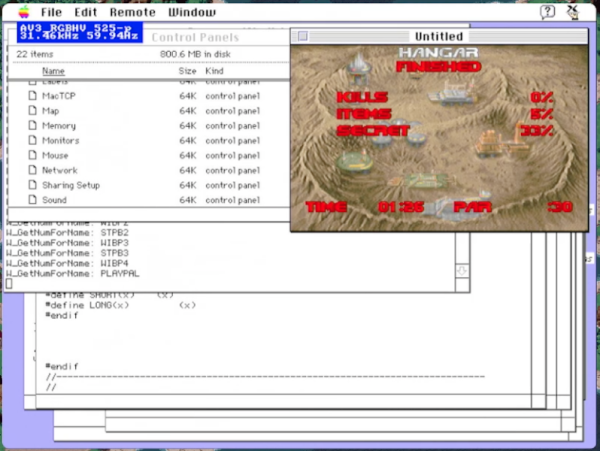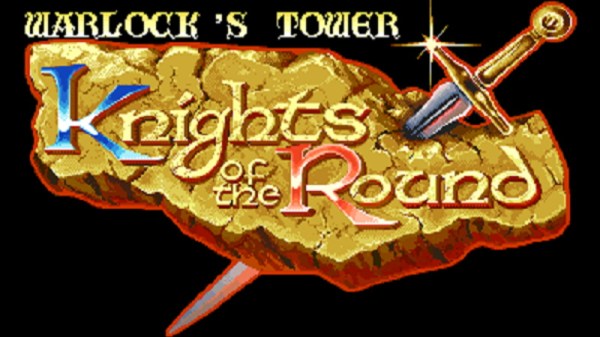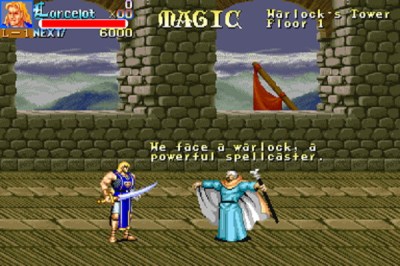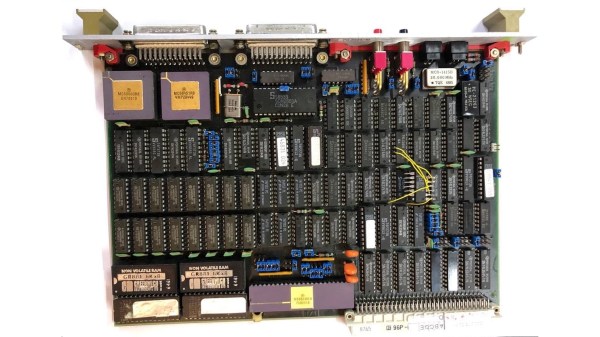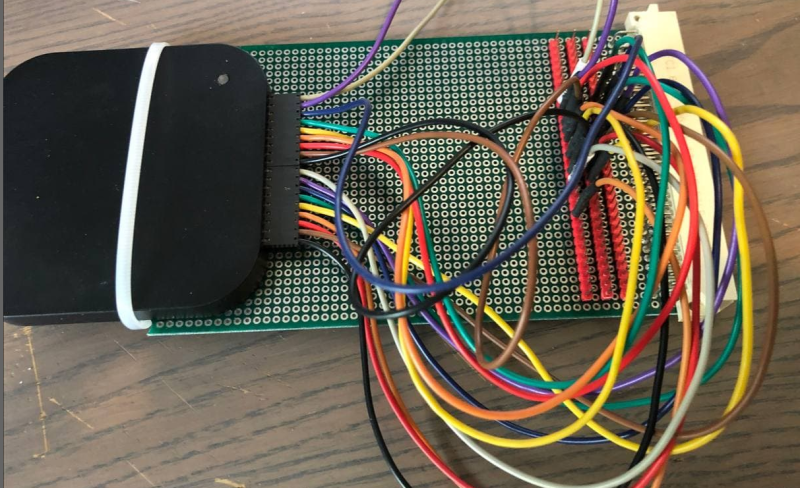Among this crowd, it’s safe to say that the original 68000 Macintosh computers need no introduction, but it’s possible some of you aren’t familiar with Chip8. It was an interpreted virtual machine originally created for the COSMAC VIP microcomputer by [Joe Weisbecker] way back in 1977. It enabled coding simple games on the COSMAC VIP without getting into machine code on the VIP’s CDP1802 processor. For the obvious reason of “Why not?” [KenDesigns] decided to put the two together with Chip4Mac68000, a Chip8 emulator for the original Macintosh.
Chip4Mac68000 is not actually a Macintosh program; it doesn’t run in the System Software. Instead, it is a bootdisk that runs bare-metal on the 68000 processor, bypassing Apple’s ROM completely. Doing that is probably more impressive than emulating Chip8 — anyone who wants to get into writing emulators starts with Chip8. That’s not to knock on anyone who goes to the effort of writing an emulator, it’s just that given its origins in a 1970s micro, it’s understandably a very simple system. Not many people do bare-metal coding on this sort of hardware anymore; it’s not like there’s an SDK you can go grab.
Or there wasn’t, anyway, because in order to get this emulator to work, [KenDesigns] wrote a bare-metal SDK for 68000-based Macs. Note that when he says 68000, he does mean 68000 — anything newer than a Macintosh Classic is out. It’s 68000, not 680xx. It was not a trivial endeavour. In the demo video embedded below, you can see his 512k Macintosh in pieces because he’s been poking at it with a logic analyzer to verify the hardware does what he thinks it’s being told.
If you want to try it out, apparently you don’t need real hardware: [KenDesigns] says MAME is accurate enough to make it all work, but miniVmac is not. No word if it would work on the RP2040-based PicoMac; if you try it, let us know how it works out.
This isn’t the first time we’ve seen people writing new software for old Macs of late. If you’re working new magic on very old machines, drop us a line. We’d love to hear about it.




